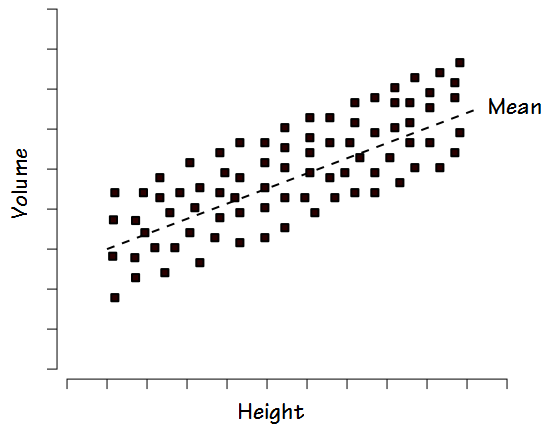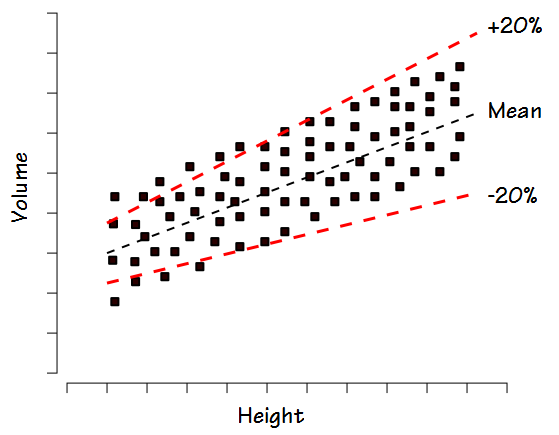Spirometry is the most commonly performed (and mis-performed) pulmonary function test around the world. The apparent simplicity of spirometry is misleading since there are numerous subtleties that have a significant effect on the results.
I suspect that when the FVC is thought about it is most often considered to be an index towards the total capacity of the lung. That’s certainly true in it’s own way, but the FVC is actually a critically important factor when determining airway obstruction. I’ve had a number of reports across my desk lately where the patient had a reasonably large change in FVC when compared to their last visit but little change in FEV1, and this has made a difference in how the results are interpreted. For example:
| Visit 1: | Observed: | %Predicted: | Predicted: |
| FVC: | 4.27 | 87% | 4.91 |
| FEV1: | 3.36 | 84% | 3.99 |
| FEV1/FVC: | 79 | 96% | 82 |
| Visit 2: | Observed: | %Predicted: | Predicted: |
| FVC: | 4.67 | 95% | 4.91 |
| FEV1: | 3.38 | 85% | 3.99 |
| FEV1/FVC: | 72 | 88% | 82 |
Although the change in FVC is not significant by my lab’s standards (+0.40 L, +9%) and the FEV1 has hardly changed at all, the FEV1/FVC ratio has gone from being within normal limits to being under the LLN and therefore showing mild airway obstruction. Continue reading


